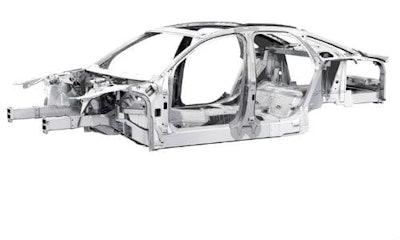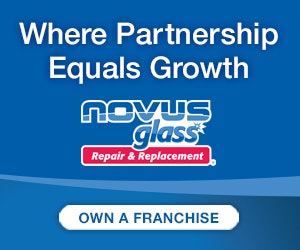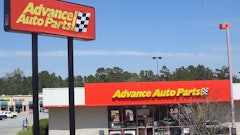
By Jeff Sanford
Toronto, Ontario — November 16, 2015 — Once a quarter the world’s major publicly-traded corporations announce their earnings. Corporate executives appear before the press to offer explanations for exactly why their companies are making or losing money. One story that emerged this past earnings season involves the aluminum sector.
This past earnings season, the CEO of the world’s largest producer of rolled aluminum, Novelis, explained to investors that sluggish business at the company was a result of a slower-than-expected adoption of aluminum by the automotive industry. The big story in the metal sector over the last year has been the shift to wider use of aluminum in the automotive industry.
For decades, high-end vehicles have been made with aluminum. But over the last year the adoption of an aluminum body in the Ford F-150, the best selling car in America, was supposed to mark the beginning of a once-in-history shift from steel to aluminum for more mainstream vehicles. The aluminum industry is beset by falling prices, and executives have pointed to the use of aluminum by the auto industry as a reason for optimism. Could the predictions of a big boom in aluminum gotten ahead of the story? Arguably.
This year was supposed to be the beginning of a new era in body manufacturing. But the story of aluminum adoption by the auto industry hasn’t been as revolutionary as many thought. Speaking during a phone call announcing Q2 2016 earnings for Novelis, Steve Fisher, CEO, indicated the adoption of aluminum by the auto industry is happening at a less furious pace than some have expected. Fisher said many expected another of the major OEMs to announce a mainstream car would adopt aluminum, but so far Ford seems to stand alone. The announcement has not come.
“While Ford has gone very aluminum-intensive and been very successful with the F-150 more recently, everyone’s going to look at their portfolios of vehicles and take their own views on how quickly they need to move to aluminum,” Fisher was quoted as saying. He went on to suggest that the industry is going through a “digestion period” in the wake of the F-150.
Fisher is not the only one saying as much. Sean Stack, CEO of US aluminum sheet producer Aleris International, said that while Ford has increased usage of aluminum sheet, it is still “too early” to expect additional steel-to-aluminum announcements from other major automakers like Toyota and General Motors. Aleris, like many aluminum producers, had been talking about converting its production processes to manufacturing sheet for the auto industry in anticipation of this once-in-history shift. For some time now, big aluminum producers such as Alcoa have been touting rising demand from the auto industry as inevitable. The arguments are well-known. Rising emissions and mileage standards will only be met through the use of lighter materials. Advances in engine efficiency may have gone as far as they can. Now it’s time to lighten the body of vehicles to keep up with rising standards. Or so goes the argument.
According to the major trade industry group, the Aluminum Association, member companies over the last two and a half years have committed $2.3 billion to expanding domestic plants to meet the demands of this new automotive opportunity. But without a big announcement the sector continues to sag, and aluminum prices continue to drop. That’s not good for the US aluminum producers.
A 25-year boom in the Chinese economy had driven commodity prices higher for years. Over the past two decades China has built more than 200 cities of one million people each. That massive construction boom drove the demand for commodities. Since the Great Recession, however, the price of commodities has dropped, and aluminum has dropped along with it.
Also impacting the demand for aluminum is the decreasing consumption of canned pop in North America. Novelis also announced in this latest earnings conference call that the demand for sheet from pop can manufacturers (which is still the largest end-use market for aluminum sheet) was dropping. Fewer people are drinking canned pop as a result of concerns about health and obesity. That market is shrinking at one percent per year.
No wonder the price of aluminum on the London Metal Exchange has fallen by 20 per cent this year. Since 2011 the price has dropped by half. Two weeks ago the price hit a six-year low of $1,460 per tonne. American producers are feeling the squeeze. A lobby group hired by an American aluminum producer says the industry is in peril as a result of the current low prices. So a big announcement couldn’t come soon enough.
Ford has indicated plans to convert its F-250s, F-350s and F-450s to an aluminum body structure for 2017. A well-known report from Ducker Worldwide projected a 20-fold escalation in aluminum sheet demand from the automotive industry in the coming decade. Demand was predicted to rise from less than 200 million lbs. in 2012 to nearly 4 billion lbs. by 2025. Novelis had been shifting rolling mill capacity away from beverage sheet production and toward auto body sheet production. But now the Atlanta-based company waits patiently for that next big announcement.




















